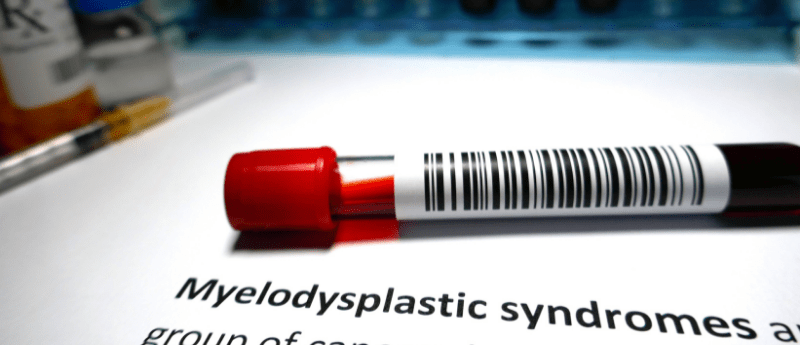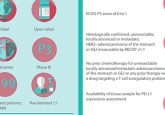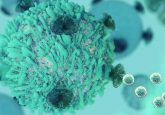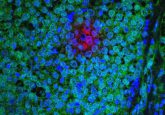Real-world assessment of myelodysplastic syndrome: Japanese claims data analysis

This retrospective analysis, recently published in our partner journal Future Oncology, aims to characterize the treatment patterns and associated costs of myelodysplastic syndrome patients in Japan using hospital administrative claims data without risk of disease assessment as no International Prognostic Scoring System data are available. The database used covers approximately 24% of acute hospitals and 9% of the Japanese population. In addition, the database is representative of the age distribution of the general Japanese population (35% over the age of 65). The authors identified 5,981patients with at least one MDS-related treatment claim between October 1, 2009 and June 30, 2018. This study found that the azacitidine + transfusion group had the highest medical cost and severity of disease compared to other treatment groups. In those patients, healthcare resource utilization and costs of transfusions including iron chelation therapy increased medical costs. In conclusion, this research provides a current snapshot of real-world treatment patterns and associated incremental economic costs of iron chelation therapy by with presence of transfusions that drive an increase in total costs.
Abstract
Aim: To describe the treatment landscape and associated economic burden for myelodysplastic syndrome in Japan. Methods: We studied nationwide retrospective claims data from 2008 to 2019. The study cohort was categorized into patients receiving transfusion, erythropoiesis-stimulating agent, erythropoiesis-stimulating agent + transfusion, azacitidine, azacitidine + transfusion and others. Results: Our study found that the azacitidine + transfusion group had the highest medical cost and severity of disease compared with the other groups. In those patients, healthcare resource utilization and the costs of transfusions, including iron chelation therapy, increased medical costs. Conclusion: Our retrospective analysis provides a current snapshot of real-world treatment patterns and associated incremental economic costs of iron chelation therapy with the presence of transfusions that drive an increase in total costs.





